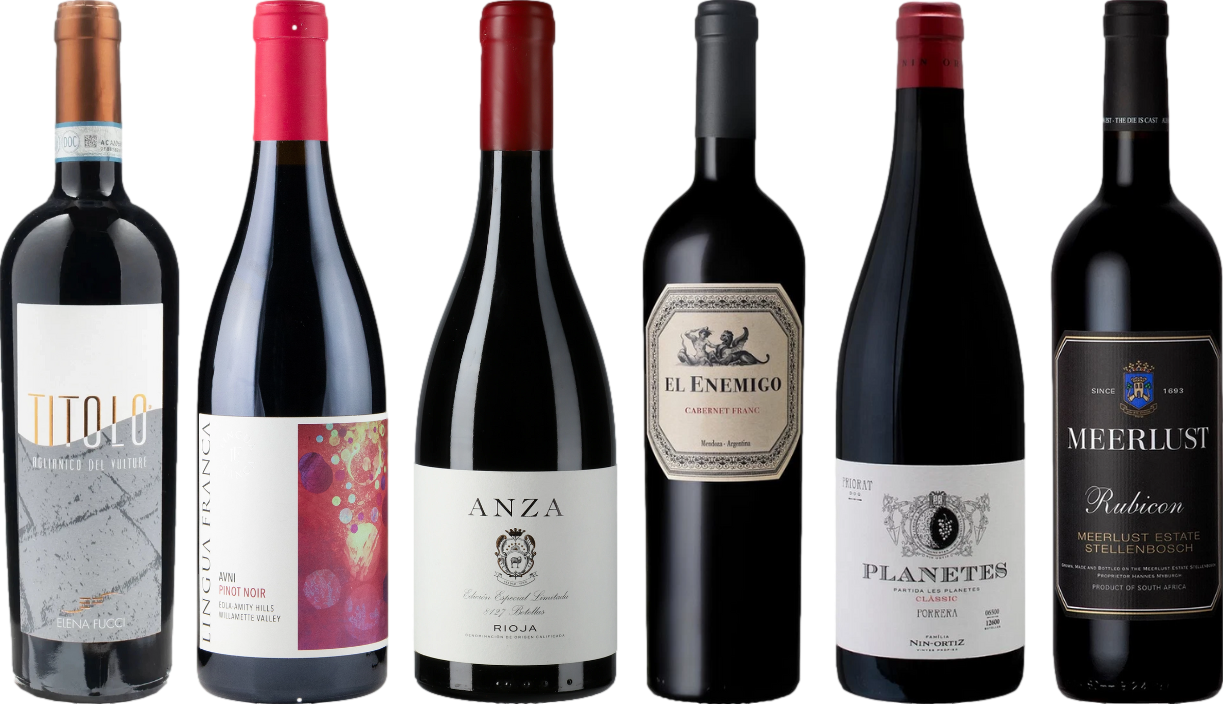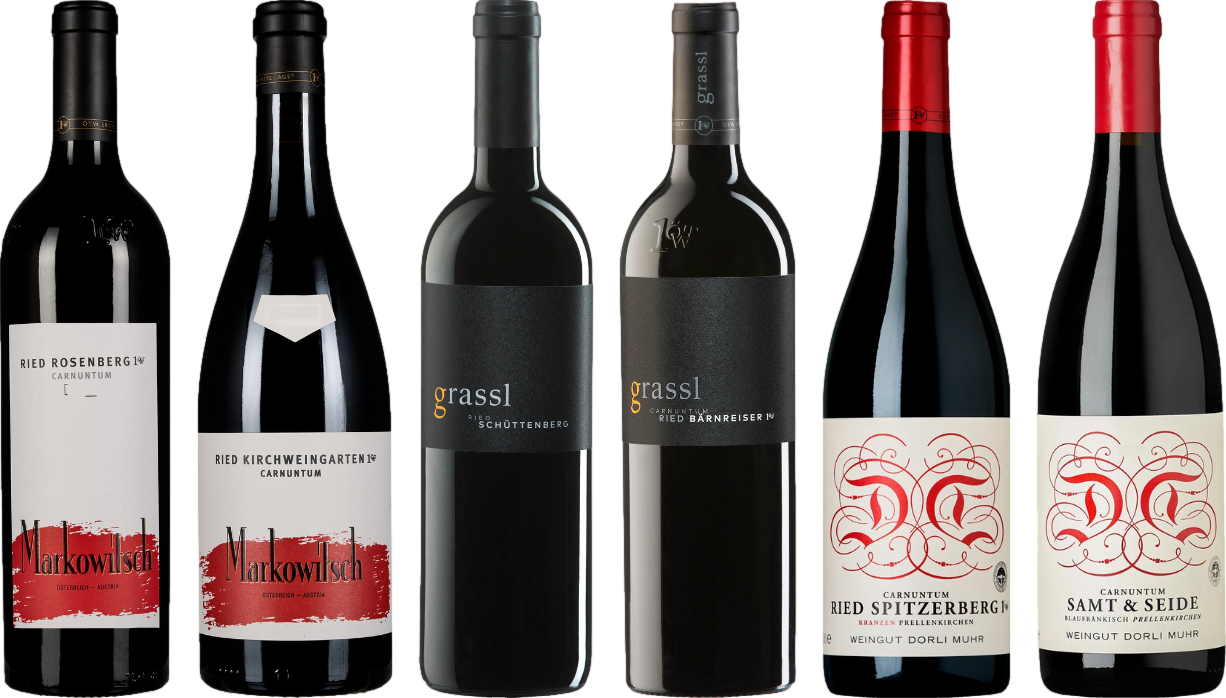



When selecting a bottle, opting for a lighter variety can often lead to a lower concentration of ethanol. Typically, the percentage of ethanol in these selections ranges from 9% to 13%. In contrast, varieties from darker grapes frequently exhibit higher levels, often peaking between 13.5% and 15%. For those monitoring intake, it’s wise to check the label for precise figures.
Understanding the nuances in production methods can also be beneficial. Fermentation practices, grape ripeness, and even regional regulations contribute significantly to the final alcohol levels. For instance, regions with warmer climates tend to produce grapes with higher sugar content, which can translate to elevated ethanol concentration during fermentation.
For enthusiasts looking to enjoy a meal pairing, opting for a lighter option may enhance the culinary experience without overwhelming the palate. Consider flavors: the crispness of a chilled selection pairs beautifully with seafood, while a bolder choice complements hearty meats. Always consider the occasion and desired flavor balance when making your selection.
Comparison of Alcohol Content in Different Types of Vino
In my experience, the alcoholic strength of these beverages can vary significantly based on several factors, including grape variety, fermentation process, and regional regulations. Generally, the lighter style tends to display lower levels of ethanol, averaging around 11-13% ABV (alcohol by volume), while the bolder option often ranges from 12-15% ABV or even higher, particularly in full-bodied varieties.
When selecting your choice, consider personal preference and the occasion. The lighter selection pairs wonderfully with seafood and salads, while the more robust option complements red meats and hearty dishes beautifully. Each offers unique flavor profiles and characteristics that can enhance the dining experience.
If you’re looking to explore more about the nuances of each type, I recommend researching specific brands and styles. For those interested in maintaining a clean environment while enjoying these beverages, consider using the best chemical to use with pressure washer to remove mold for effective cleaning solutions around your wine storage area.
Comparing Alcohol Content in White and Red Wines
Typically, the average percentage of ethanol in the lighter varietals hovers around 12-13%, while darker varieties often reach 13-15%. This difference is influenced by the grape type, climate, and fermentation process. If you’re seeking lower ethanol levels, opt for crisp, refreshing styles like Pinot Grigio or Sauvignon Blanc, as they tend to exhibit a more delicate profile.
In contrast, full-bodied selections such as Cabernet Sauvignon or Syrah frequently boast higher concentrations. The additional sugar content in grapes intended for red beverages often converts into elevated ethanol levels during fermentation. When pairing meals, consider how this variation can enhance or clash with the dish’s flavors. A lighter choice can complement seafood beautifully, while a robust option pairs well with hearty meats.
For those monitoring intake, keep in mind that serving sizes also play a role. A standard pour of 5 ounces for each type may deliver similar effects, but the perception of strength can differ significantly based on the varietal selected. Always check labels when available, as they can provide specific information about the content of individual bottles.
Understanding these nuances enhances your appreciation and selection process, allowing for informed choices that suit your palate and occasion. Remember, the joy of exploration in the world of fermented beverages lies in finding what resonates best with your taste preferences.
Factors Influencing Alcohol Levels in Wine Types
Grape varietals play a pivotal role in determining the strength of beverages. For instance, varietals like Cabernet Sauvignon and Syrah tend to produce higher alcohol content, while others like Riesling and Pinot Grigio often yield lower levels due to their natural sugar concentrations. The fruit’s ripeness at harvest significantly impacts these sugar levels, which ultimately converts into ethanol during fermentation.
Fermentation Process
The fermentation duration and yeast strain also affect the final product. Longer fermentation typically results in higher ethanol levels, as more sugars are converted to alcohol. Certain yeast strains are more efficient, leading to variations in strength across different producers. For example, some winemakers prefer specific yeast to enhance flavor profiles, which can inadvertently influence the alcohol content as well.
Winemaking Techniques
Techniques such as chaptalization, where additional sugar is introduced to boost alcohol levels, can be employed strategically. This practice is more common in cooler climates where grapes may not reach optimal ripeness. Additionally, methods like fortification–adding distilled spirits–result in higher alcohol levels, especially seen in certain dessert styles. Understanding these factors aids in selecting the right bottle to suit your palate and occasion.
Common Alcohol Percentages in Popular White Wines
Understanding the typical alcohol content in popular varieties of light beverages allows for informed choices. Here are some common percentages for widely enjoyed selections:
- Sauvignon Blanc: Generally ranges from 12% to 14% ABV, with a crisp, refreshing profile.
- Chardonnay: Often found between 13% and 15% ABV, depending on the region and style, from oaky to unoaked.
- Pino Grigio: Typically around 11% to 13% ABV, known for its light, zesty character.
- Riesling: Can vary significantly, from 8% to 12% ABV, especially in sweeter styles.
- Gewürztraminer: Usually sits between 12% and 14% ABV, offering aromatic and spicy notes.
These figures can fluctuate based on the winemaking techniques and the specific climate of the growing region. For instance, grapes harvested in warmer climates might yield higher alcohol levels due to increased sugar content.
Noteworthy Trends
- In recent years, a trend towards lower alcohol percentages has emerged, with many producers crafting options around 10% to 11% ABV for those seeking lighter alternatives.
- Conversely, some winemakers are pushing boundaries, creating fuller-bodied expressions exceeding 15% ABV, particularly in warmer regions.
When selecting a bottle, consider your occasion and personal preferences. Knowledge of typical alcohol levels in popular choices can greatly enhance your tasting experience and food pairings.
Alcohol Percentages in Common Red Wine Varieties
Merlot typically ranges from 13% to 15.5% ABV, providing a smooth and approachable profile. Cabernet Sauvignon, on the other hand, often reaches between 13.5% and 15% ABV, offering a bolder structure with rich tannins. Syrah, known for its spicy character, can vary from 13.5% to 14.5% ABV, adding complexity to its flavor profile.
Popular Varietals and Their ABV
Pinot Noir usually sits around 12.5% to 14.5% ABV, delivering elegance and finesse. Zinfandel can be more robust, with alcohol content ranging from 14% to 16%, often featuring jammy fruit flavors. Sangiovese, primarily used in Chianti, typically has an ABV of 12.5% to 14.5%, balancing acidity with fruitiness.
Regional Variations
Alcohol levels can fluctuate based on the region. For instance, wines from warmer climates like California and Australia generally exhibit higher ABV, while those from cooler regions may fall on the lower end of the spectrum. Always check the label for specific content, as it varies widely across producers and vintages.
How Winemaking Processes Affect Alcohol Levels
The production techniques directly influence the concentration of ethanol in beverages. Key variables include fermentation duration, yeast selection, and grape variety used.
During fermentation, yeast converts sugars into alcohol. The longer this process continues, the more sugars are transformed, resulting in higher ethanol percentages. For instance, a prolonged fermentation period can yield a beverage with significant strength.
Choosing specific yeast strains can also impact the final alcohol content. Certain yeasts are more efficient in sugar conversion, producing higher alcohol levels compared to others that may leave residual sugars.
Grape varieties contribute to the initial sugar levels present before fermentation begins. Varietals such as Chardonnay and Sauvignon Blanc tend to have lower sugar concentrations, which can lead to beverages with reduced ethanol content. Conversely, varieties like Zinfandel may start with higher sugar, affecting the final strength after fermentation.
Environmental factors, such as climate and terroir, play a significant role as well. Grapes grown in warmer regions typically accumulate more sugars, which can lead to higher alcohol levels in the final product.
Additional practices, such as chaptalization (adding sugar before fermentation) or the use of late harvest grapes, can further elevate alcohol levels. These techniques are often employed to achieve a desired style or balance in flavor.
In summary, the interplay of fermentation time, yeast type, grape selection, and environmental influences all contribute to the alcohol strength of different beverages. Understanding these elements can enhance appreciation and selection skills for enthusiasts.
Health Considerations: Alcohol Consumption in Different Wines
Moderation is key when enjoying various grape-based beverages. Generally, the average alcohol content in these drinks can range from 8% to 15%, impacting health differently based on the type consumed. For those monitoring intake, it’s vital to understand how different varieties influence consumption levels.
Impact on Health
Research suggests that moderate consumption of these beverages may confer some health benefits, such as improved cardiovascular health and potential longevity. However, excessive intake can lead to numerous health issues, including liver disease, addiction, and increased risk of certain cancers. It’s essential to be mindful of serving sizes and frequency of consumption, regardless of the variety chosen.
Choosing Wisely
When selecting a drink, consider not just the flavor and aroma but also the potential health implications. Low-alcohol options exist within both categories; these can provide enjoyment without the higher risks associated with stronger varieties. Always consult with a healthcare professional if unsure about how consumption may affect personal health.
Choosing the Right Beverage Based on Alcohol Content
For those seeking a lighter option, aim for selections with lower percentages, typically found in specific varietals. Aiming for beverages around 11-12% may suit casual sipping or daytime events, while offerings in the 13-14% range can enhance richer dishes or evening gatherings.
Recommended Alcohol Levels for Different Occasions
| Occasion | Suggested Alcohol Percentage | Recommended Varietals |
|---|---|---|
| Daytime Brunch | 11-12% | Sauvignon Blanc, Prosecco |
| Casual Evening | 12-13% | Pinot Grigio, Gamay |
| Formal Dinner | 13-14% | Chardonnay, Cabernet Sauvignon |
| Celebration | 14-15% | Champagne, Zinfandel |
Personal Preferences and Food Pairing
Your palate plays a significant role in selection. If you prefer crispness, go for lighter styles with lower concentrations. Conversely, more robust flavors can be achieved with higher alcohol options, enhancing the richness of meats and hearty dishes. Pairing is also crucial; for example, a heavier dish like osso buco pairs well with a fuller-bodied option, while a light salad calls for something more delicate.








